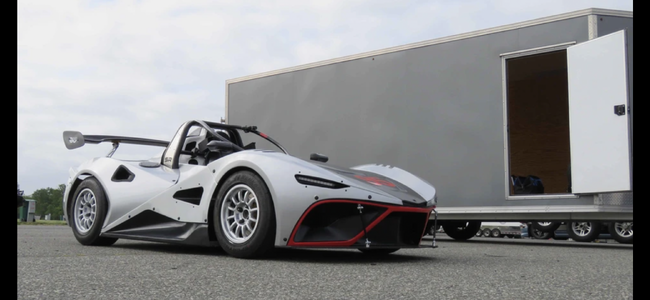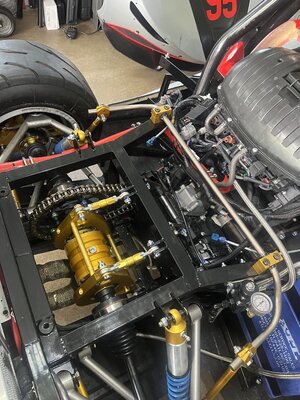Brand new Fully Loaded
Just arrived and Prepped @ Podium Club in AZ ready for delivery!!!
Has not been run with the exception of supervised break in on delivery day.
I purchased this Car for use and entry to the upcoming RUSH race series - Unfortunately I am going to be in Hawaii the next 18mo with limited availability to take the time to travel back to participate in varrious serious series weekends. Putting the car in storage here in AZ seems a waste, Id rather give this car up and repurchase a RUSH once my projects are complete in Hawaii and I have the time to be in AZ.
Package Includes Spare Set of Wheels and tires (Never mounted)
SR01-06 Rush SR 1
SR01-07 Rush SR Race Spec Package
11800 Wind Deflector
12500 SR X Splitter
12600 SR Billet Splitter Brace
21201-MU RAW Fiberglass Seat upgrade, Medium
21203-U Sabelt Enduro Sivler
Upgrade
21400 5 lb SFI Fire System with Mechanical
Pull & 3 Nozzles
23800-U SR
LMP Style Carbon Fiber Steering Wheel
34400 Shock N2 Upgrade 4
51960-U Braille Lithium Ion
Upgrade
51961-U Braille Lithium Ion
Upgrade
51B00 Rush SR Rollbar Light
52200 AIM MXS 1.2 Dash Logger 1 2,5
52400 AIM DL ECU Cable & Installation
52600 AIM Smarty Cam 3.0 GP, Mount & Installed
80610000 SR Billet Sprocket Cover
20004+1 1" extended roll hoop
32004-C Powder Coat Roll Bar Cover, chassis color
TOTAL $58.660.00
All added Boxes/Packaging for added accessories included (Aim system., Camera, & Belts)
Delivery to You Possible (additional fee) - Also possible to host you for the Day/Weekend @ Podium Club for Delivery and Inspection from Dealership Mechanic
Can Email any additional details or answer any questions.
I am currently in Hawaii and on HST so when calling please be aware of time zone.
MAHALO!
John
jwmeyers@outlook.com
808-368-1818
 www.instagram.com
www.instagram.com






